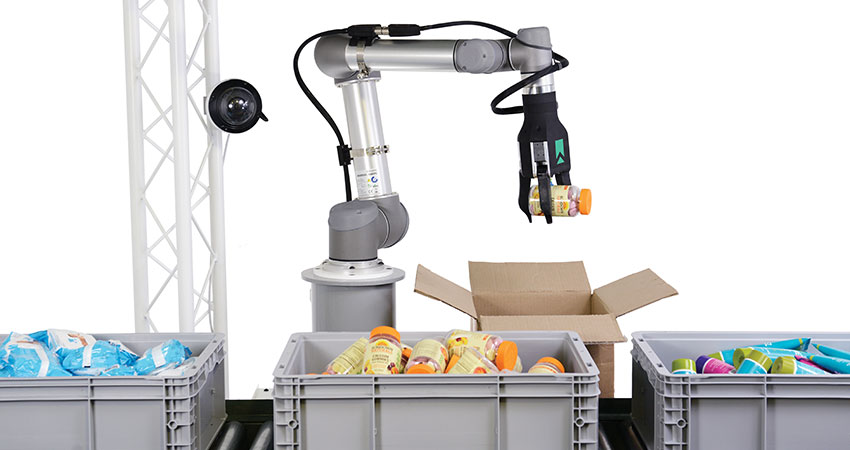By 2025 there will be more than 4 million warehouse robots in use at 50,000 warehouses globally, up from 5,000 locations in 2018, according to a report from ABI Research, with much of the growth coming from ecommerce fulfillment including demand for same-day delivery.
Global adoption of warehouse robots will also be driven by more affordable infrastructure light robotics as an alternative to traditional fixed automation systems and traditional labor-intensive operations, according to ABI.
“Flexibility and efficiency have become primary differentiators in ecommerce fulfillment as retailers and 3PLs struggle to cope with volatile product demand, seasonal peaks and rising consumer delivery expectations,” said Nick Finill, Senior Analyst at ABI Research in a release. “Robots enable warehouses to scale operations up or down as required while offering major efficiency gains and mitigating inherent challenges associated with labor and staffing.”
Advances in computer vision, artificial intelligence, deep learning and mechanics have enabled warehouse robots to handle tasks that had been previously hard to automate, ABI found. For example, companies like RightHand Robotics and Kindred Systems have developed robotic arms that can grasp and pick a wider variety of item shapes and sizes.
“By combining mobile robots, picking robots and even autonomous forklifts, fulfillment centers can achieve greater levels of automation in an efficient and cost-effective way,” AFI stated.
Jeff Lammert, a client executive with warehouse software firm Vargo, said the business model for warehouse robots is compelling because the units are scalable, modular and mobile, and have a fairly short implementation cycle time.
“You could take a facility cluster picking to a cart, and in two months you could switch to bots with very little change,” Lammert said. “It’s a fairly inexpensive short pilot to set up, and the business model is a leased system. You’re adding resources as needed, and if I need it for peak I can flex up and then take them out of service afterward.”
The need for speed is what’s driving much of the investment and focus on warehouse automation, including robotics, said Steve Johnson, managing principal at Johnson Stephens Consulting. He pointed to a growing trend of providers offering collaborative robots as short-term rentals. It’s very attractive to companies that can’t cost-justify buying and integrating robots into their ecommerce fulfillment center workflow to increase picking efficiency if they’re just used during peak demand.
“I think there’s a real groundswell there,” Johnson said of robot rentals. “You don’t need to spend a lot of capital and be done and set up quickly.” 6 River Systems, for example, allows existing clients to rent additional bots on demand for peak periods, while others also offer similar “Robot-as-a-Service” options.

